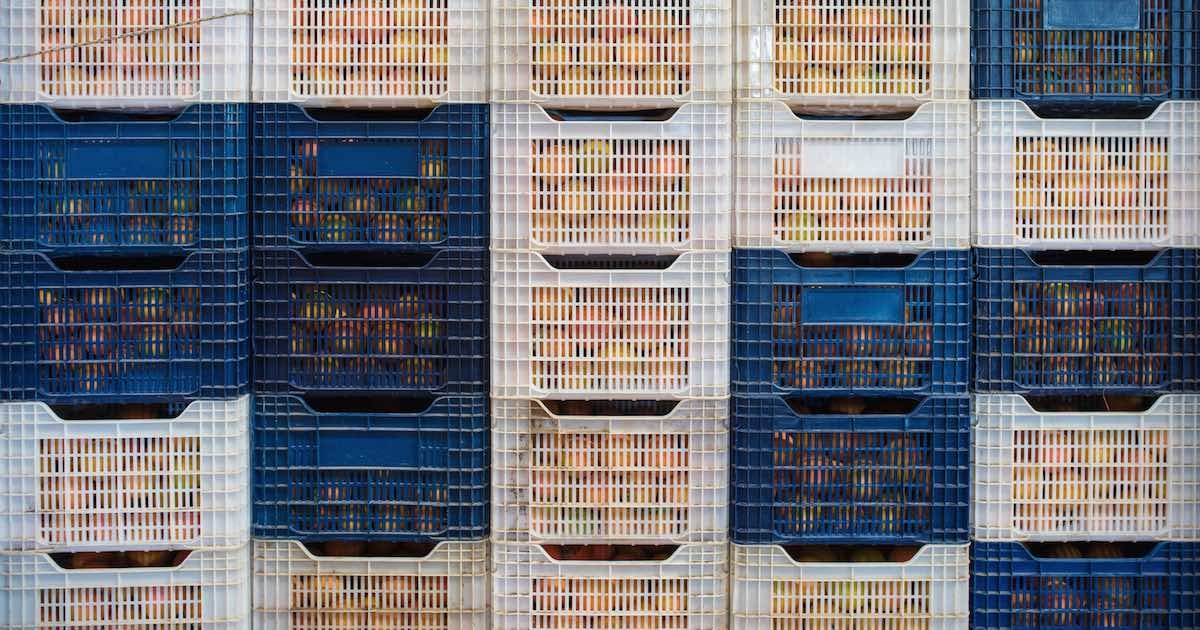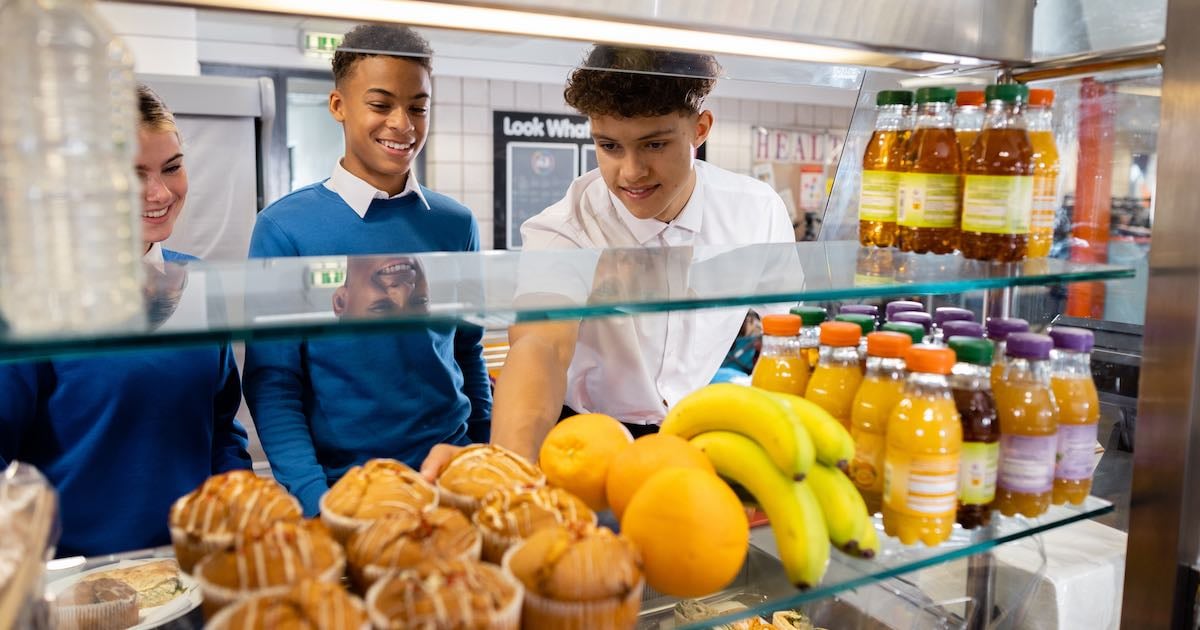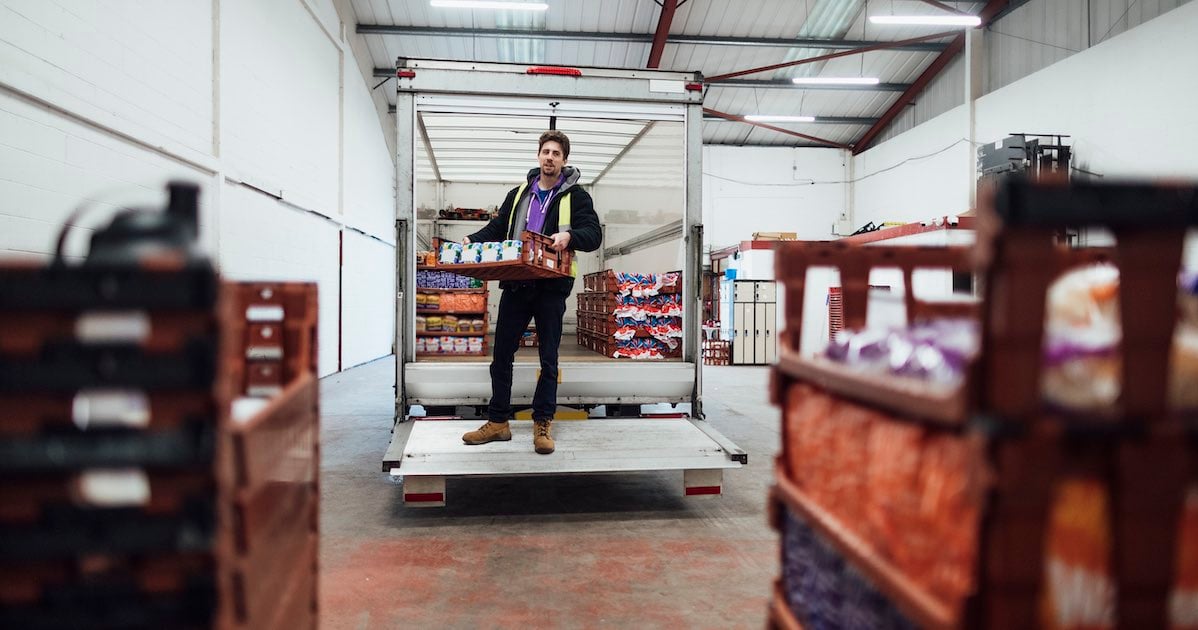Written by SmartSense | Food Safety, HACCP, Grocery, Food Service
Explore solutions built for your industry
Our customer-proven solutions monitor medications and food inventories for some of the most recognizable names in the industries of healthcare, food service, and transportation, and logistics. See how our solutions adapt to your industry needs.
SEE SOLUTIONSKroger Health Strengthens Compliance Visibility with SmartSense
Watch The VideoLEARN
Questions? Call +1 (866) 806-2653 to speak to our experts.
Schedule demoQuestions? Contact us.
Call +1 (866) 806-2653 to speak with our experts or get started with a demo.
CONTACT USAbout Us
SmartSense was created to use the power of the Internet of Things (IoT) to help our customers protect the assets most critical to the success of their business.
See our storyCONNECT. PROTECT. RESULTS.
Questions? Call +1 (866) 806-2653 to speak to our experts.
Schedule demoPlease select your login
March 1, 2024
How the Flow of Data Affects the Flow of Food
The cycle foods travel along the cold and value chain is called the “flow of food.” When the flow of food is subject to federal regulations, commercial and not-for-profit food service operations are legally responsible for the safety of all their food products at each step along the chain: purchasing, transporting, receiving, storing, cooking, holding, cooling, reheating, serving, and delivering. Monitoring temperature of foods at each link in the supply chain is essential to prevent contamination by pathogens that can lead to foodborne illness, deterioration of freshness and quality, product loss, damage to brand reputation, and threats to the well-being and satisfaction of both paying customers and populations in the public trust.
To minimize these risks, forward-thinking leaders who seek innovative food service operations technology want accurate data at each critical point in the flow of food. Many of them have learned that when data is obtained manually, the opportunity for human error and subsequent unresolved excursions escalates. However, switching over to a digital, IoT-enabled Sensing-as-a-Service that collects, records, and analyzes data to provide better decision-making and corrective actions, the flow of food remains trustworthy by properly functioning to preserve safety, quality, and profit margins.
In this post, we look at K-12 school cafeteria operations as a case example of food service operations improving the flow of food in their districts by transitioning to digital monitoring technologies across their operations. But before we do that, let’s briefly review the key components and benefits of a robust Sensing-as-a-Service solution.
Food Production Safety Monitoring with Sensing-as-a-Service

When considering Sensing-as-a-Service in food safety, keep in mind that comprehensive solutions share the following characteristics:
- Continuous: 24/7 monitoring (rather than arbitrary readings limited to employee shifts and on-the-floor availability)
- Digital: data collection, storage, and retrieval (replacing manual pen-and-paper- procedures)
- Automatic: wireless sensors and gateways operating without the need for human intervention
- Remote: transactions in the Cloud that enable monitoring of multiple units across different geographical locations from a central dashboard
- Real-time: alerts for excursions sent and received as they occur to authorize immediate corrective action
- Analytic: in-depth data analysis generating automated reports for ease in regulatory reporting
- Prescriptive: digital workflows with descriptive workflows delivered with just-in-time accuracy for optimal guidance for corrective actions
- Integrated: an open API for integration into back-office systems
- Scalable: flexible components that meet specific business needs as the enterprise grows
With a reliable Sensing-as-a-Service solution, food service operations enjoy the following benefits:
- Assured HACCP food production compliance to federal safety regulations Preservation of food freshness, quality, and nutritional value to support customer wellbeing
- Proactive preventative maintenance of refrigeration units and kitchen appliances to avoid costly downtime
- Elimination of repetitive manual tasks and redirection of employee labor to customer-facing responsibilities that bolster satisfaction and loyalty
- Prescriptive workflows that streamline costly, error-prone, and labor-intensive operational checklists and reporting with digital tasks and corrective actions that prevent product loss and the threat of foodborne illness
- Descriptive insights for better enterprise-wide decision-making regarding the integration of every point of contact in the flow of food
Food Production Safety in K–12 School Nutrition Operations

K-12 nutrition programs in large metropolitan areas are a good example of enterprise food service operations with a sizable customer base, numerous assets, and multiple locations that can benefit from a comprehensive, integrated Sensing-as-a-Service solution. Increasingly, K-12 school districts are making the switch from manual to digital procedures after the tipping point of the COVID-19 pandemic accelerated the need for a transition to IoT-enabled food service technologies that counteract supply chain and labor shortages.
At the onset of the COVID-19 pandemic, when K–12 schools first shifted to virtual learning, lunch programs were severely disrupted. To meet these challenges, increased funding from pandemic relief legislation and extended pandemic-related child nutrition waivers were implemented to provide school districts with regulatory flexibility. Consequently, since they were relieved from having to comply with highly specialized meal pattern requirements, school kitchens and cafeteria food safety operations had to deal with supply chain challenges. Since then, nutrition directors, district administrators, and facility managers have been looking for innovative methods to manage the ebb and flow of food availability that continues to hamper the supply chain.
Complicating matters, ongoing labor shortages still pose major challenges for school districts across the country. The School Nutrition Association conducted a survey revealing that nearly 80% of districts with 25,000-plus enrolled students have reported staffing gaps. Accordingly, the ability to maximize employee work shifts while ensuring the best possible nutritional outcomes for students has become all the more essential. It’s no surprise that administrators are discovering that digital monitoring food safety devices for staff empowerment are critical.
Technology for School Kitchen and Cafeteria Safety Operations

A tech-forward approach to food service facility management and operations is indispensable for K-12 school districts to maintain their standards for food quality and safety — not only to comply with federal regulations — but also to meet and exceed the expectations of the student and parent populations they serve. Investing in connected lunchrooms with the capabilities of continuous asset monitoring is more timely than ever for nutrition professionals who want to embrace the potential of digital transformation.
One of the first steps K-12 school cafeteria operations managers can take to digitize their operations is to move from manual temperature checking and paper logs to continuous digital equipment monitoring. This shift ensures greater compliance and more efficiency in kitchens and cafeterias. Next, operations managers can incorporate digital tasks to guide the workflows of their teams, streamlining their output and providing greater visibility. Finally, K-12 nutrition professionals can equip their kitchen staff with digital menu management that integrates with the tools they use to serve students healthy, delicious meals.
Monitoring Technology for K-12 School Kitchen Operations

SmartSense provides state-of-the-art Sensing-as-a-Service solutions for K-12 school nutrition programs. Our IoT-enabled Smart Shield technology equips managers and nutritionists with the following benefits:
- Monitoring kitchen temperatures 24/7: Increase HACCP compliance visibility and leverage prescriptive, digital workflows to guide staff when there is a problem.
- Ensuring food safety & quality control: Meet compliance regulations with automated food temperature and cafeteria operations compliance logs with corrective actions for excursions.
- Automating manual operations: Streamline costly, error-prone, and labor-intensive school cafeteria operations checklists with digital tasks and reporting.
- Simplifying menu management: Complete flow of food checks for ready-to-serve food guided by pre-loaded daily menus from PrimeroEdge and Mosaic, among others.
CASE STUDY: Food Safety at Katy & Pasadena Independent School Districts
SmartSense has helped the Katy & Pasadena Independent School Districts easily achieve HACCP compliance, automate menu integration with PrimeroEdge, and ensure food safety for the thousands of students they serve across dozens of kitchens and campuses.
In this video, Dagmara Gujda (Associate Director of Compliance, Nutrition and Food Service, Katy ISD) and Jodie Defrancesco (Assistant Director, Nutrition Services, Pasadena ISD) share the key benefits of a SmartSense solution for their K-12 food service operations.
Other Suggested Posts
Why Customer Success Makes the Difference in Your Condition Monitoring Program
If your business objective is to implement an efficient and successful condition monitoring program, gone are the days of “set it and forget it.” Today’s savvy ...
Why K-12 School Cafeterias Are Automating Food Safety
During the COVID-19 pandemic, there were significant disruptions to K-12 school food services nationwide. School nutrition directors were forced to rapidly ...
Frozenomics: Why Freezers Are Becoming America's Financial Lifeline
When times get tough, Americans get creative with how they stretch budgets. That's why today's shoppers are fighting inflation and financial strain with an ...
How Machine Learning Elevates Traditional Temperature Monitoring
While a minority of food companies and healthcare organizations continue to manually collect temperature logs to meet compliance regulations, most enterprises ...
Creating a Customer-Centric Food Chain with Sensing-as-a-Service
The food service industry is undergoing an era of labor uncertainty and demand volatility. The reasons are many and complex: the rise of e-commerce, supply ...
Subscribe to the SmartSense Blog
Stay up-to-date on the evolution of IoT connectivity.
CONNECT. PROTECT. RESULTS.
Learn how our complete critical
environment monitoring solution will help you
connect and transform your business.
Call +1 (866) 806-2653 to speak with our industry
experts or get started by
requesting a demo.